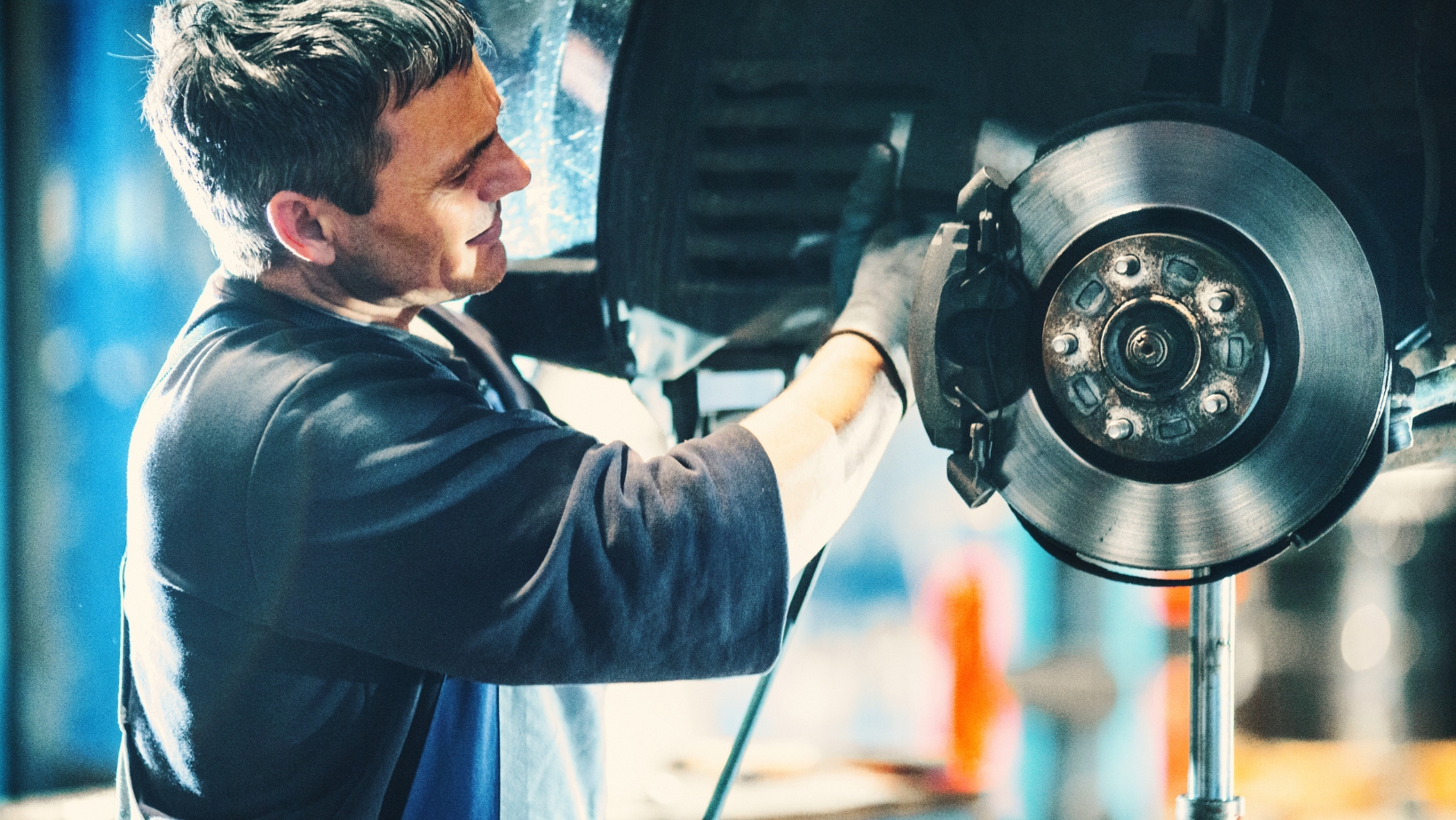Air Braking Takes More Time Than Hydraulic Braking Because Air
As a seasoned expert in the automotive industry, I’ve witnessed the evolution of braking systems first-hand. Today, I want to delve into an intriguing topic that has been the subject of much debate: the time it takes for air braking systems to come to a complete stop compared to hydraulic braking systems. While both systems have their advantages and disadvantages, it’s important to understand the factors that contribute to the potentially longer stopping time of air brakes. Join me as we explore this fascinating aspect of automotive engineering.
Differences between Air Braking and Hydraulic Braking
How Air Braking Works
Air braking systems are commonly used in heavy-duty vehicles such as trucks and buses. These systems rely on compressed air to engage and decelerate the vehicle. The process begins when the driver applies pressure to the brake pedal.
In an air braking system, the pressure from the brake pedal is transmitted through air lines to the brake chambers located at each wheel. These chambers contain diaphragms that move when the air pressure is released, pushing the brake shoes against the drum or the brake pads against the rotor, creating friction and slowing down the vehicle.
One of the key factors that contribute to the longer stopping time of air brakes is the response time. Due to the nature of the system, it takes slightly longer for the air pressure to build up and engage the brakes fully. This delay can result in a slight lag between the moment the driver applies the brakes and when the vehicle actually starts to decelerate.
How Hydraulic Braking Works
On the other hand, hydraulic braking systems use hydraulic fluid instead of compressed air to transmit force and engage the brakes. When the driver applies pressure to the brake pedal, it activates a master cylinder, which in turn pressurizes the hydraulic fluid in the brake lines.
This pressurized fluid is then transmitted to the brake calipers or wheel cylinders, which contain pistons that push the brake pads against the rotor or the brake shoes against the drum. The friction created between the brake pads and the rotor or drum slows down the vehicle.
Hydraulic braking systems have a faster response time compared to air brakes. The hydraulic fluid is non-compressible, which means that when the driver applies the brakes, the force is transmitted almost instantly, resulting in a quicker engagement of the brakes and a shorter stopping time.

Comparison of Braking Time
Air Braking Time
When it comes to comparing the braking time of air brakes and hydraulic brakes, it is evident that air braking takes more time than hydraulic braking. This is primarily due to the nature of the braking systems and the mechanics involved.
Air brakes, which are commonly used in heavy-duty vehicles such as trucks and buses, rely on compressed air to activate the braking mechanism. When the driver applies the brakes, it takes time for the air pressure to build up and engage the brakes fully. This delay in response time results in a longer braking distance compared to hydraulic brakes.
One of the factors contributing to the increased braking time of air brakes is the compressor lag. The compressor, which is responsible for generating the compressed air, takes a few moments to reach the desired pressure level. This lag in building up the necessary air pressure can lead to a slower engagement of the brakes, causing the vehicle to take more time to come to a complete stop.
Another factor to consider is the brake chamber size. Air brake systems typically have larger brake chambers compared to hydraulic brake systems. This larger size requires more air pressure and volume to fully engage the brakes, resulting in a longer response time.
Hydraulic Braking Time
In contrast, hydraulic braking systems offer a faster response time and shorter braking distance compared to air brakes. These systems use hydraulic fluid, usually oil, to transmit pressure from the driver’s input to the braking mechanism.
Hydraulic brakes have minimal lag in response time due to the direct transfer of hydraulic pressure. As soon as the driver applies the brakes, the hydraulic fluid immediately transmits the force to engage the brakes, resulting in a quicker stopping time.
The smaller size of hydraulic brake components, such as the brake calipers and master cylinder, also contributes to the faster braking time. The reduced size allows for more efficient and rapid transmission of hydraulic pressure, ensuring a swift engagement of the brakes.
Furthermore, the flow rate of hydraulic fluid is higher compared to the air flow rate in air brake systems. This faster flow rate enables a more immediate and forceful application of the brakes, leading to a shorter stopping distance.


